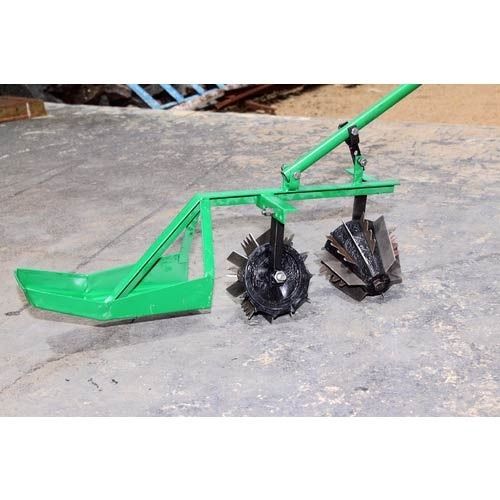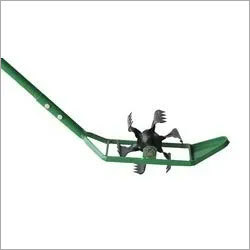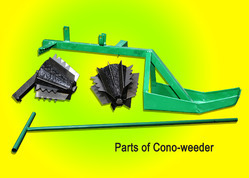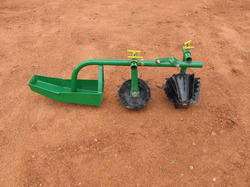- Home Page
- Company Profile
-
Our Products
- Drum Seeder
- Cono Weeder
- Barbed Connector & Fittings
- Spray Irrigation Kit
- Sprinkler Hose
- Drip Irrigation System
- Rain Pipe
- Drip Irrigation Grommet
- Rain Hose & Fittings
- Irrigation Tube
- Spray Pipe
- Lateral Pipe
- Flat Drip Irrigation PIPE
- Lay Flat Hose Pipe
- Drip Tape & Fittings / 16 mm
- Drip Tape & Fittings / 20 mm
- Round Inline Pipe / 16 mm
- ROUND PLAIN / 16 mm
- Home Garden Kit
- FLAT INLINE DRIP KIT
- Drip Irrigation Filter
- Drip System Accessories
- Ball Valves & PVC Fittings
- Venturi Injector
- Drip Lateral Tube & Pipe
- Drip Hole Punch
- End Barbed Cap
- Garden Hose Pipe
- Sprinkler Rain Gun
- Drip Joiner
- FAQs & Testimonials
- Contact Us
Search Products
Rotary Cono Weeder
2400.0 INR/Piece
Product Details:
X
Rotary Cono Weeder Price And Quantity
- 1 Piece
- 1800.00 - 2400.00 INR/Piece
- 2400.0 INR/Piece
Rotary Cono Weeder Trade Information
- 10 Piece Per Day
- 5-7 Days
Product Description
Weeding is the act of removing unwanted plants from the regular crop in order to increase its profitability. In crop production, weed management is critical since weed removal is costly and difficult later on. The presence of weeds in a field deprives the soil of nutrients and attracts harmful insects, which results in lower yields.
Weed control has been improved over the past two decades through the use of non-chemical management techniques and eco-friendly alternatives to herbicides. The most economically effective way to control weeds is mechanical weeding. The best method of weeding is using a rotary weeder. The wetland weeder that is pulled or pushed by hands has become extremely popular amongst farmers. It can be easily used under shallow water conditions to uproot weeds and bury them in mud.
During a season, farmers should remove weed at least three times. Weeders should be used as soon as weeds germinate as getting weeds out at an early stage is easier.
Instructions to use:
- Weeding is a must at the beginning of the season. Start weeding 20 days after seeding.
- Delayed weeding will cause damage to paddy crop.
- Use a backward and forward motion between rows.
- Continue weeding 15 days later and if possible, a third time as well.
- It is not important to weed the third time, but weeding each time aerates the soil and makes it more fertile.
- It is still beneficial to weed the field a fourth time before the onset of flowering even if the field is already free of weeds.
Critical Points:
Within 20 days of sowing, the first weeding should be conducted.
There should be more water in the field when weeding.
Tell us about your requirement

Price:
Quantity
Select Unit
- 50
- 100
- 200
- 250
- 500
- 1000+
Additional detail
Mobile number
Email

 Send Email
Send Email 





 Send Inquiry
Send Inquiry Send SMS
Send SMS
